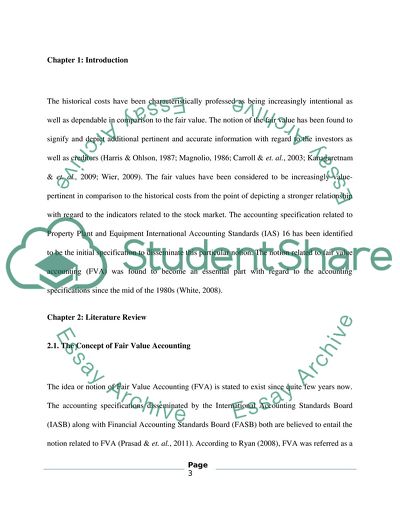Cite this document
(The Effect of Fair Value Accounting on Banks' Financial Reports: A Research Paper, n.d.)
The Effect of Fair Value Accounting on Banks' Financial Reports: A Research Paper. https://studentshare.org/finance-accounting/1769772-the-effect-of-fair-value-accounting-on-banks-financial-reports-a-comparison-study
The Effect of Fair Value Accounting on Banks' Financial Reports: A Research Paper. https://studentshare.org/finance-accounting/1769772-the-effect-of-fair-value-accounting-on-banks-financial-reports-a-comparison-study
(The Effect of Fair Value Accounting on Banks' Financial Reports: A Research Paper)
The Effect of Fair Value Accounting on Banks' Financial Reports: A Research Paper. https://studentshare.org/finance-accounting/1769772-the-effect-of-fair-value-accounting-on-banks-financial-reports-a-comparison-study.
The Effect of Fair Value Accounting on Banks' Financial Reports: A Research Paper. https://studentshare.org/finance-accounting/1769772-the-effect-of-fair-value-accounting-on-banks-financial-reports-a-comparison-study.
“The Effect of Fair Value Accounting on Banks' Financial Reports: A Research Paper”. https://studentshare.org/finance-accounting/1769772-the-effect-of-fair-value-accounting-on-banks-financial-reports-a-comparison-study.


